Thursday, June 12, 2008
What a way to earn a living
The last few days have been spent back in
We started off looking at a couple of problems with colour: an over-exuberant oxidation of a Donegal Quartzite that has seen a limited number of pieces develop an allegedly undesirable rusty-brown, which, as far as I could see, is part of the natural weathering of the stone, and the “curse of the black limestone”, where the popular Chinese flagstone is bleached to a very bright grey by the strong summer sunshine. This is a problem affecting all suppliers of this particular imported limestone, and to date, the best cure I’ve seen is to use a Lithofin MN Colour Impregnator to revitalise the natural dark tones and then to ‘fix’ the renewed sombreness using MN Stain Stop. However, the McMonagle clan have been experimenting back at their Mountcharles HQ, using a whole range of different enhancers, impregnators and sealants to restore the jaded limestone and it has to be acknowledged that, of them all, the Romex Colour Enhancer is the new champion, bringing back the brooding hues, without rendering the stone glossy or waxy. As we’ve come to expect with Romex products, availability of this new jollop is limited but with this trial proving just how effective it can be, there’s bound to be a bit of a push to get it out to the ever-growing band of Romex distributors.
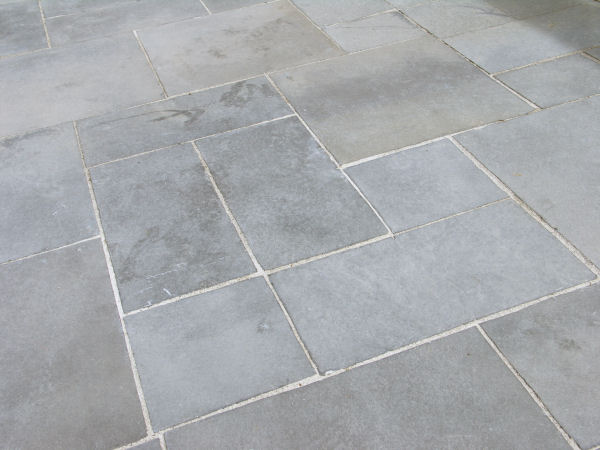
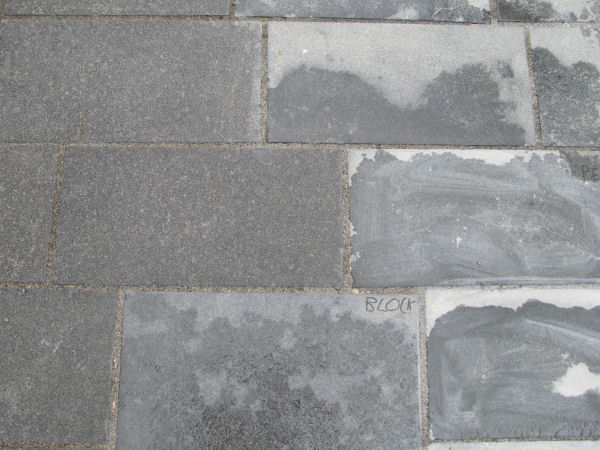
Down the coast, past the brooding hulk of Ben Bulben, through Sligo and skirting the plains of Mayo to the county Galway, where Moypave are undertaking the high-quality installation of sandstone and granite paving to a rather swanky private residence. I don’t normally comment publicly on contractor’s work but this has to be an exception. The standard is as good as anything I have ever seen, in both
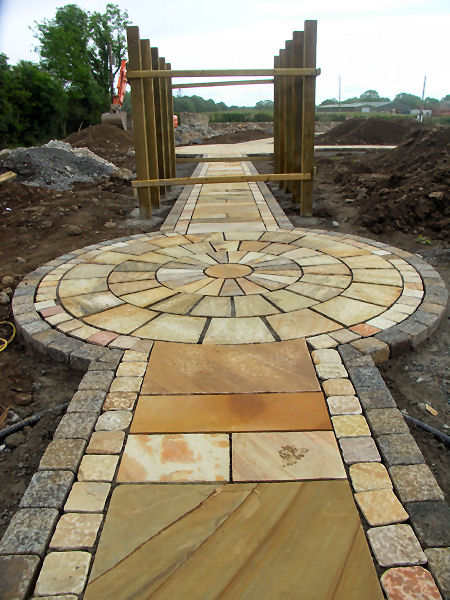
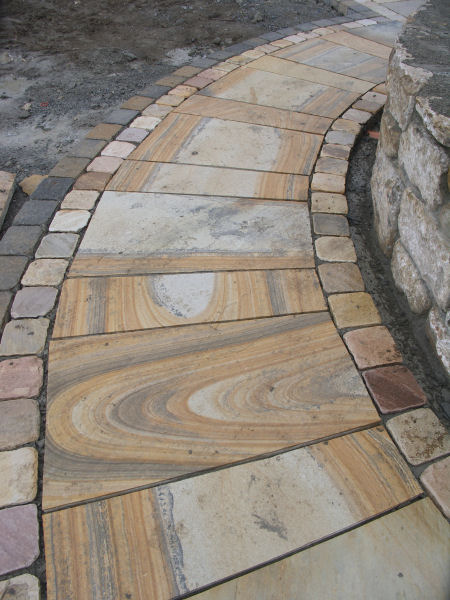
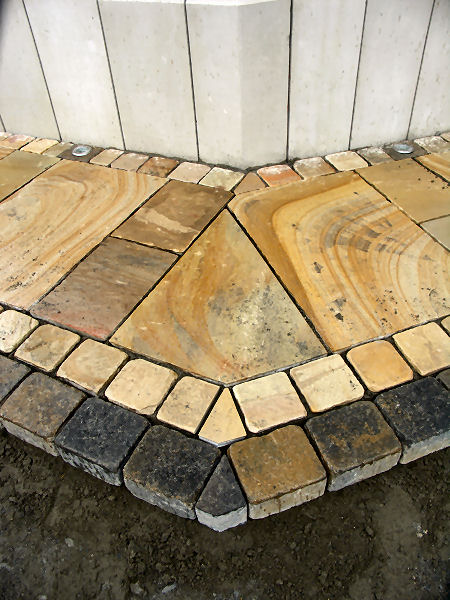
An evening catching up with kith and kin by the grey
Sunday was, if you’d believe it, even warmer, sunnier and drier. Three hours travelling through the
Quartzite is a hard rock, and a speciality of Donegal. For those not familiar with the material, think of it as a sandstone baked-hard by metamorphic processes. Crushed and heated by the huge tectonic pressures that created the mountains, quartzite is damned hard, but essentially still laminar in nature, making it relatively easy to split into sheets. The thicker sheets are guillotined to make walling block, while thinner sheets are trimmed to create flagstones, setts or tiles, or left in random shapes as the renowned quartzite crazy paving. Donegal quartzite occurs in hues of browns, buffs and greys, with a lightly textured surface that glistens in the sun. Where veins of granite have pierced the country rock, nuggets of pyrites (Fool’s Gold) can be found deposited within the hard-as-steel quartzite layers.
Conveniently, given the ‘soft’ climate of western
There’s minimal waste in these quarries: the sheets are selected for the most appropriate use, be it walling, paving or tiling. Any offcuts are crushed down to make 20, 14,10 or 6mm chippings, and the finer material is screened to create sands of various grain sizes, from gritty laying course sands to fluffy mortar or jointing sands. With crazy paving being less fashionable than once it was, the possibility of creating setts is being fully explored. Faces are worked according to what colours are required by customers, with blends incorporating more or less of the browns, buffs and greys mixed to order, but I have to admit that the grey with a dash of buffy-brown would be my first choice.
Paving and hard-landscaping displays of exceptional quality have been a feature of the trade in
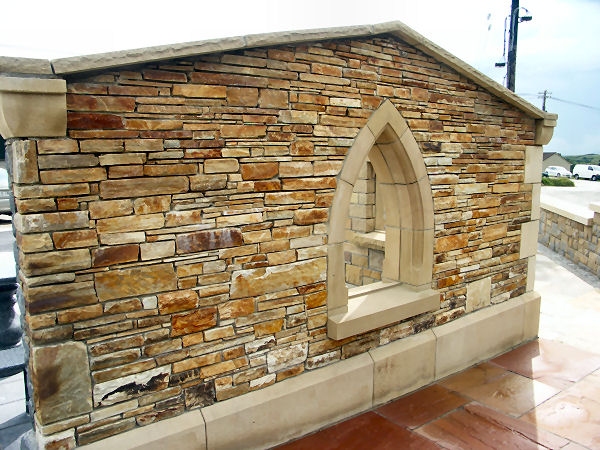
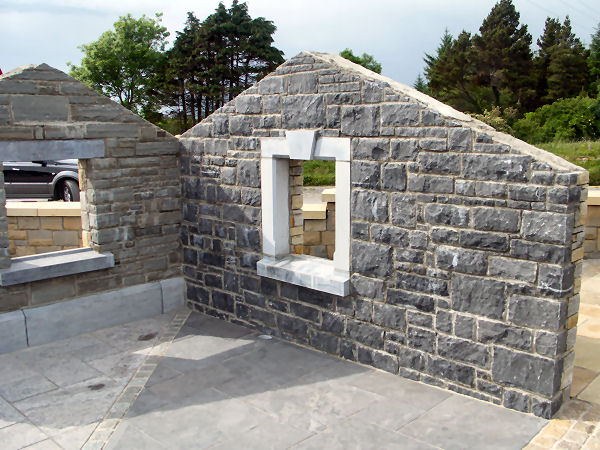
Subscribe to Posts [Atom]
